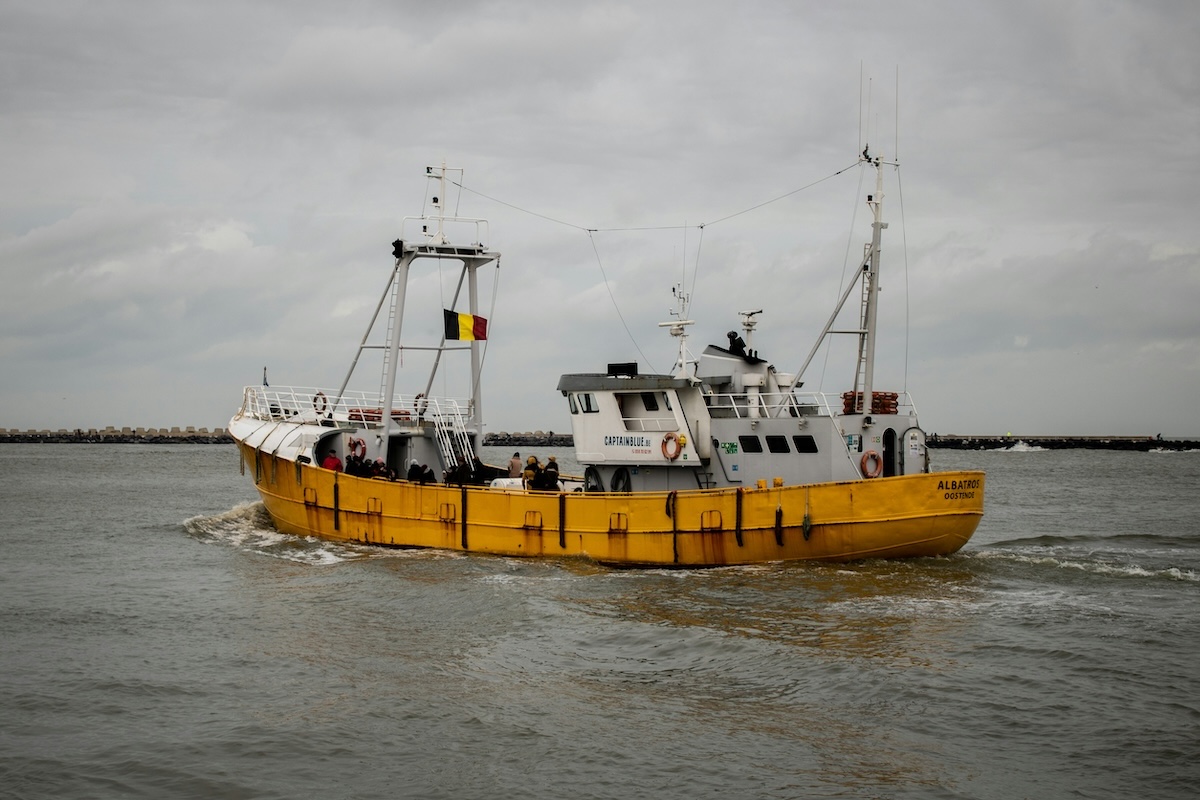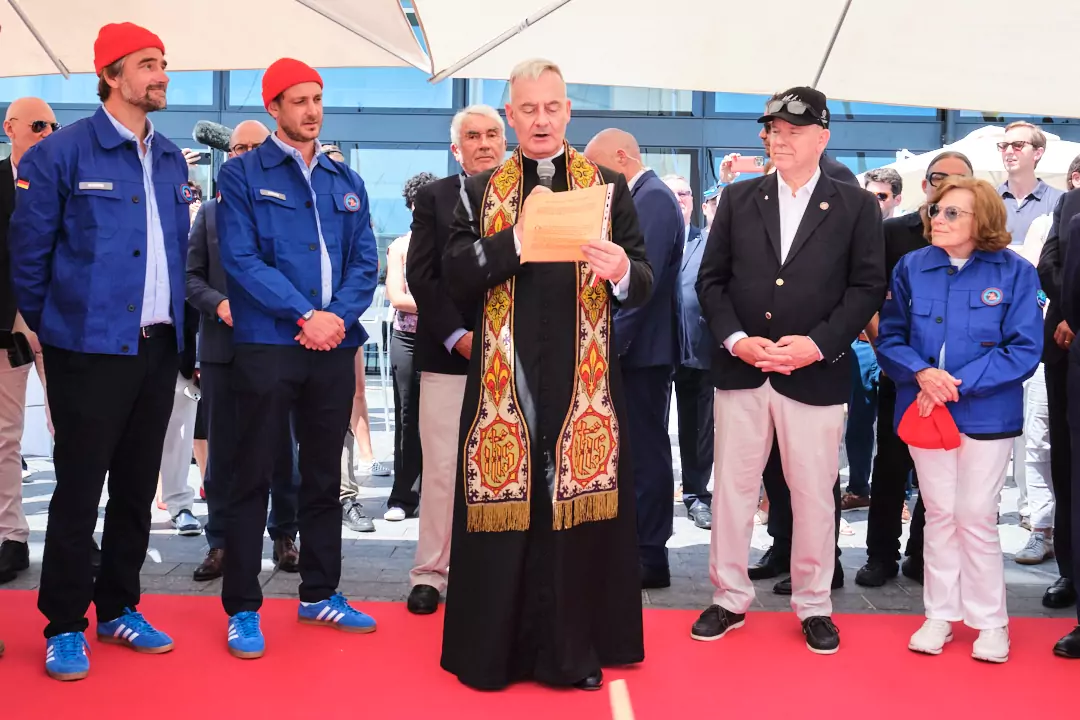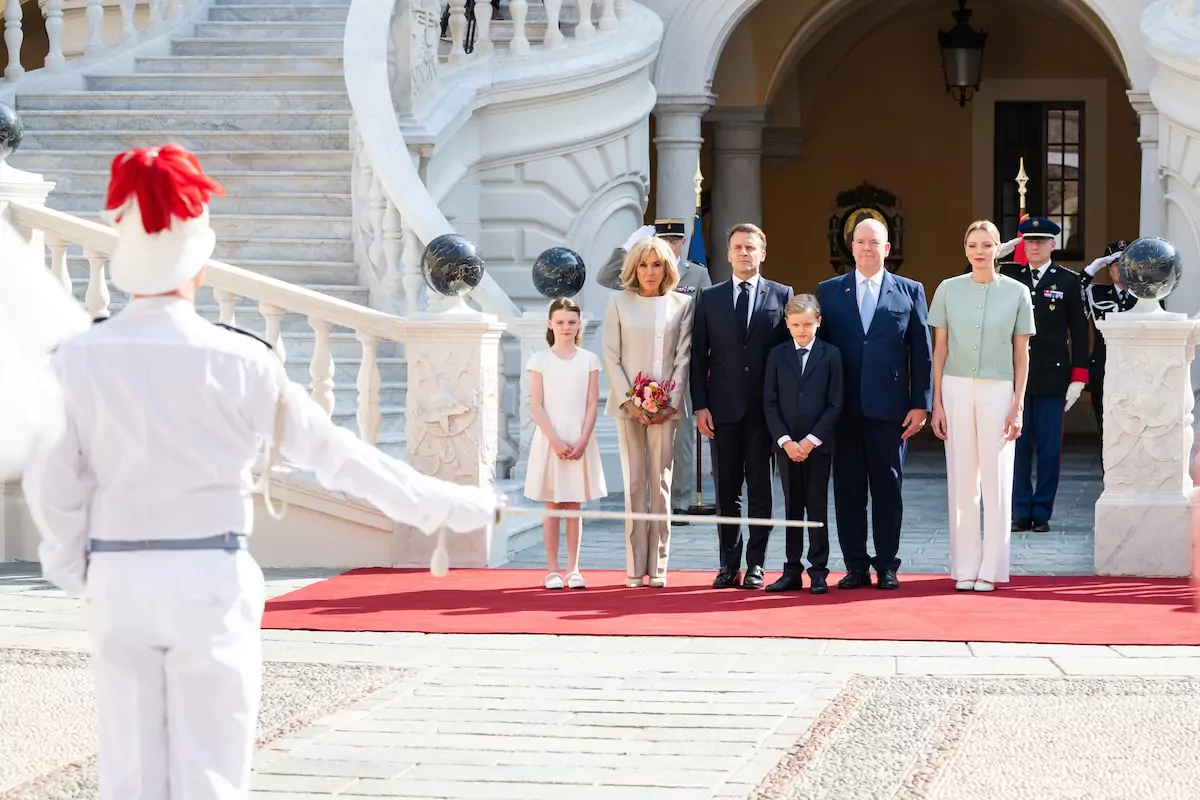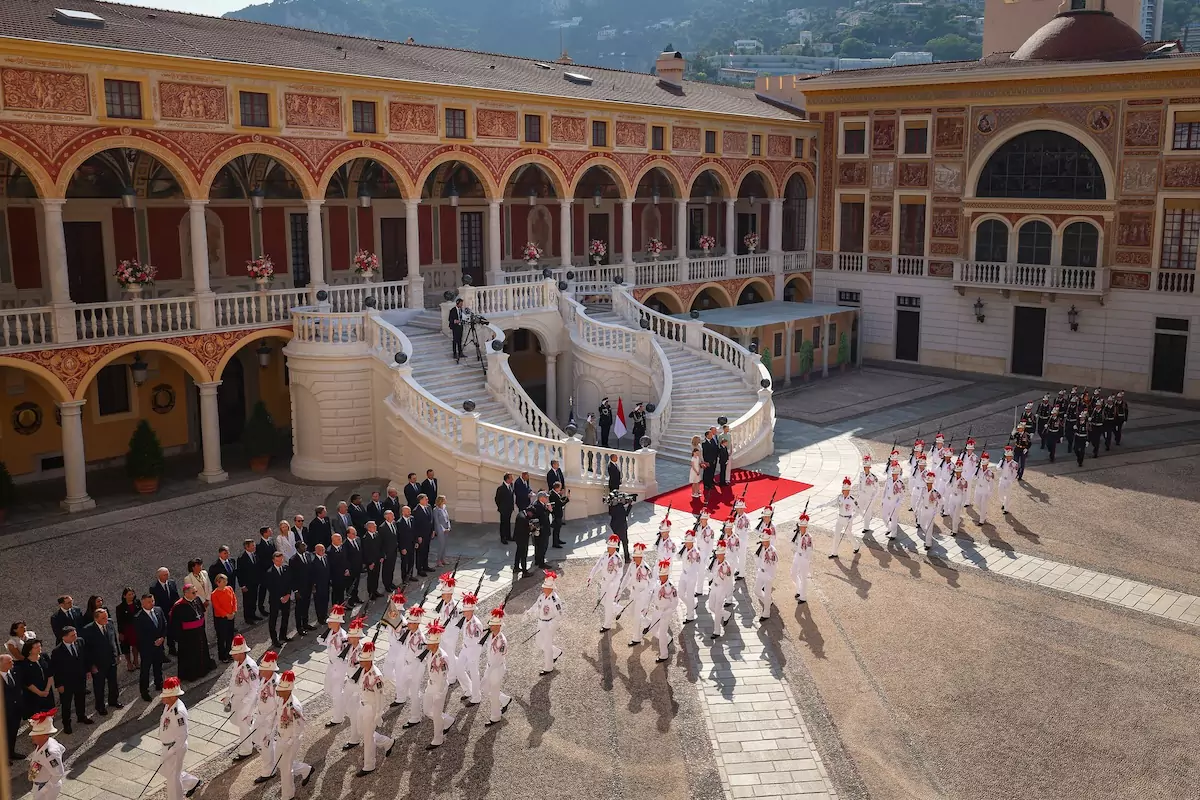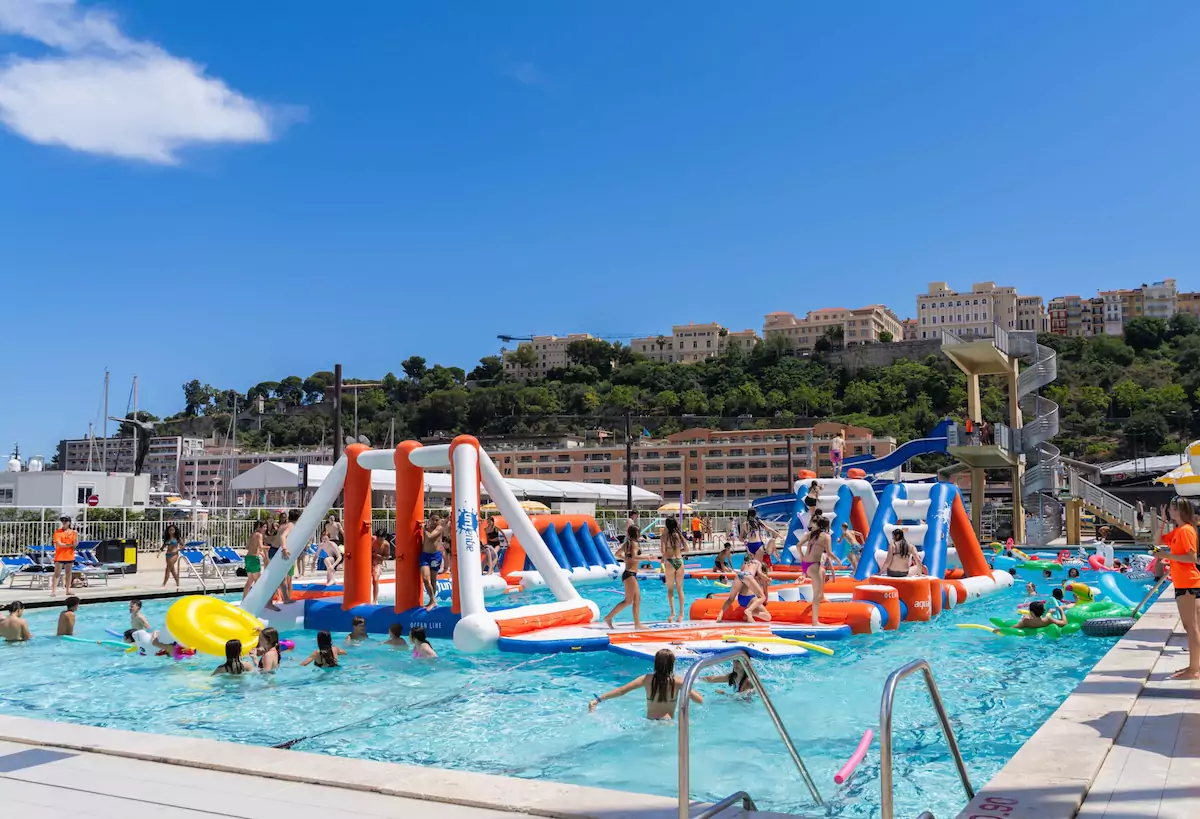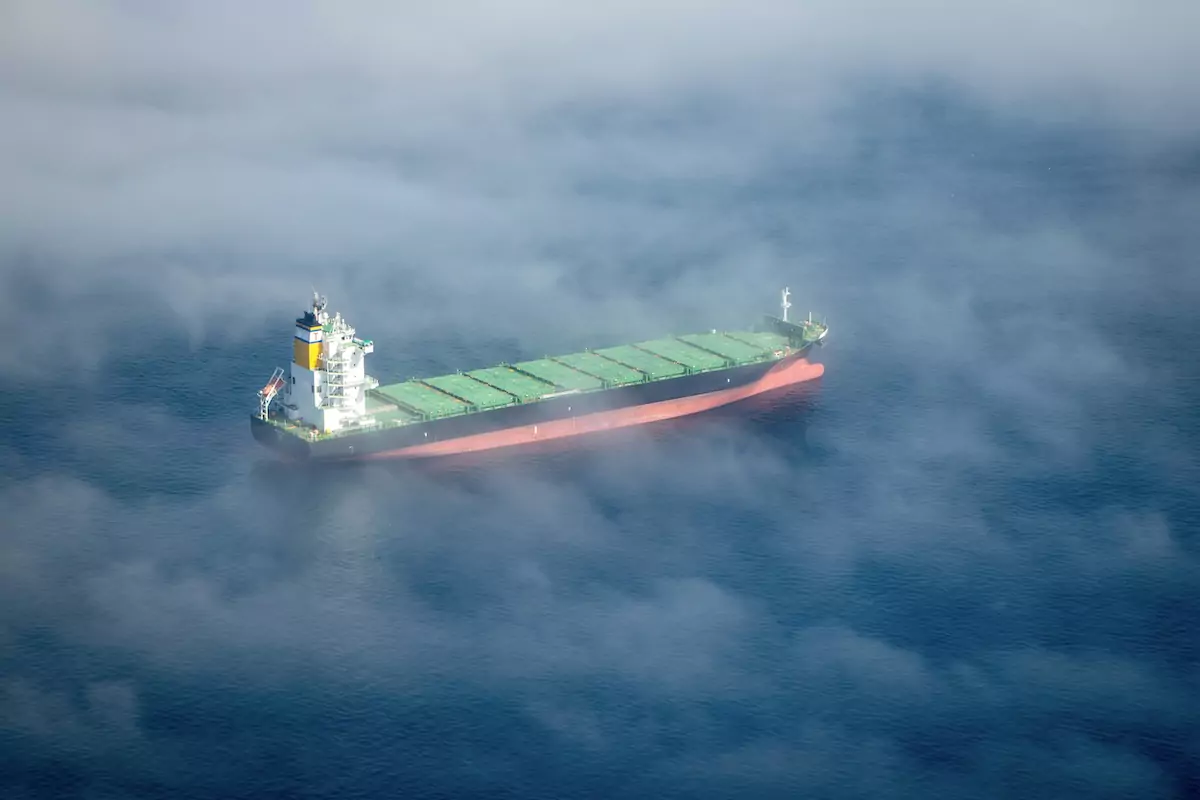A major new initiative placing the ocean at the heart of global climate strategy was launched on the opening day of the UN Ocean Conference in Nice, as Brazil and France unveiled the Blue NDC Challenge. The campaign, backed by an initial group of eight countries, calls on nations to explicitly integrate ocean-based solutions into their national climate plans ahead of COP30 in Belém.
Unveiled on 9th June in Nice, the Blue NDC Challenge is designed to increase international momentum for embedding the ocean into Nationally Determined Contributions (NDCs) under the Paris Agreement. Brazil, which will host COP30 this November, has partnered with France to launch the initiative, joined by Australia, Fiji, Kenya, Mexico, Palau, and the Republic of Seychelles.
“For Brazil, the Blue NDC Challenge represents a key opportunity to strengthen ocean-related climate action and to emphasise the essential role of ocean-based solutions in achieving emission reduction targets,” said Brazil’s Minister for the Environment and Climate Change, Marina Silva. She confirmed Brazil’s updated NDC includes marine spatial planning, enhanced coastal zone management, and the restoration of mangroves and coral reefs.
France, already a vocal advocate for integrating ocean protection into global climate dialogues, is using its co-leadership at UNOC3 to push for deeper commitments from other developed nations.
From coral reefs to offshore wind: a broad toolkit for climate resilience
The countries signing on to the Blue NDC Challenge are committing to ocean-focused measures that include everything from phasing out bottom trawling and offshore oil production, to expanding clean ocean energy and improving climate resilience in marine sectors such as shipping and fisheries.
Each nation’s contributions will reflect its domestic priorities, but the goal is shared: to bring the ocean into the centre of national climate action plans. The initiative builds on growing scientific evidence showing that ocean-based solutions could deliver up to 35% of the emissions reductions needed to keep the 1.5°C target within reach.
“Industrial marine sectors and natural ecosystems are underused tools in addressing climate change,” said Seychelles President Wavel Ramkalawan, adding that his island nation views ocean leadership not as a luxury, but as a necessity.
Backed by global NGOs and climate alliances
The Blue NDC Challenge is supported by a coalition of environmental organisations and research groups, including Ocean Conservancy, the Ocean & Climate Platform, the World Resources Institute, and WWF-Brazil. These partners, through the Ocean Resilience and Climate Alliance (ORCA), will provide technical guidance, data, and investment support for participating countries.
“The ocean already plays a vital role in stabilising our climate—but it has vast untapped potential,” said Janis Searles Jones, CEO of Ocean Conservancy. “Thank you to Brazil for launching this challenge to solidify ocean-based climate solutions as a key part of national climate plans.”
With 2025 marking the 10th anniversary of the Paris Agreement, the initiative is being framed as a bridge from the promises of Paris to the delivery expected in Belém.
An inflection point on the road to COP30
The timing of the Blue NDC Challenge is deliberate. With countries due to submit enhanced NDCs before COP30 in Brazil, the initiative offers a mechanism to translate scientific consensus and diplomatic intent into measurable, ocean-based climate action.
Loreley Picourt of the Ocean & Climate Platform described the move as “how we turn Paris ambition into Belém action.” Meanwhile, Marina Corrêa of WWF-Brazil noted that by foregrounding the ocean, Brazil is demonstrating “a science- and nature-based agenda that amplifies the voices of vulnerable communities.”
The challenge has now been formally launched—but its success will depend on how many countries rise to meet it in the months ahead.
Monaco Life is produced by a team of real multi-media journalists writing original content. See more in our free newsletter, follow our Podcasts on Spotify, and check us out on Facebook, Instagram, LinkedIn and Tik Tok.
Photo credit: Matteo De Lorenzi, Unsplash
